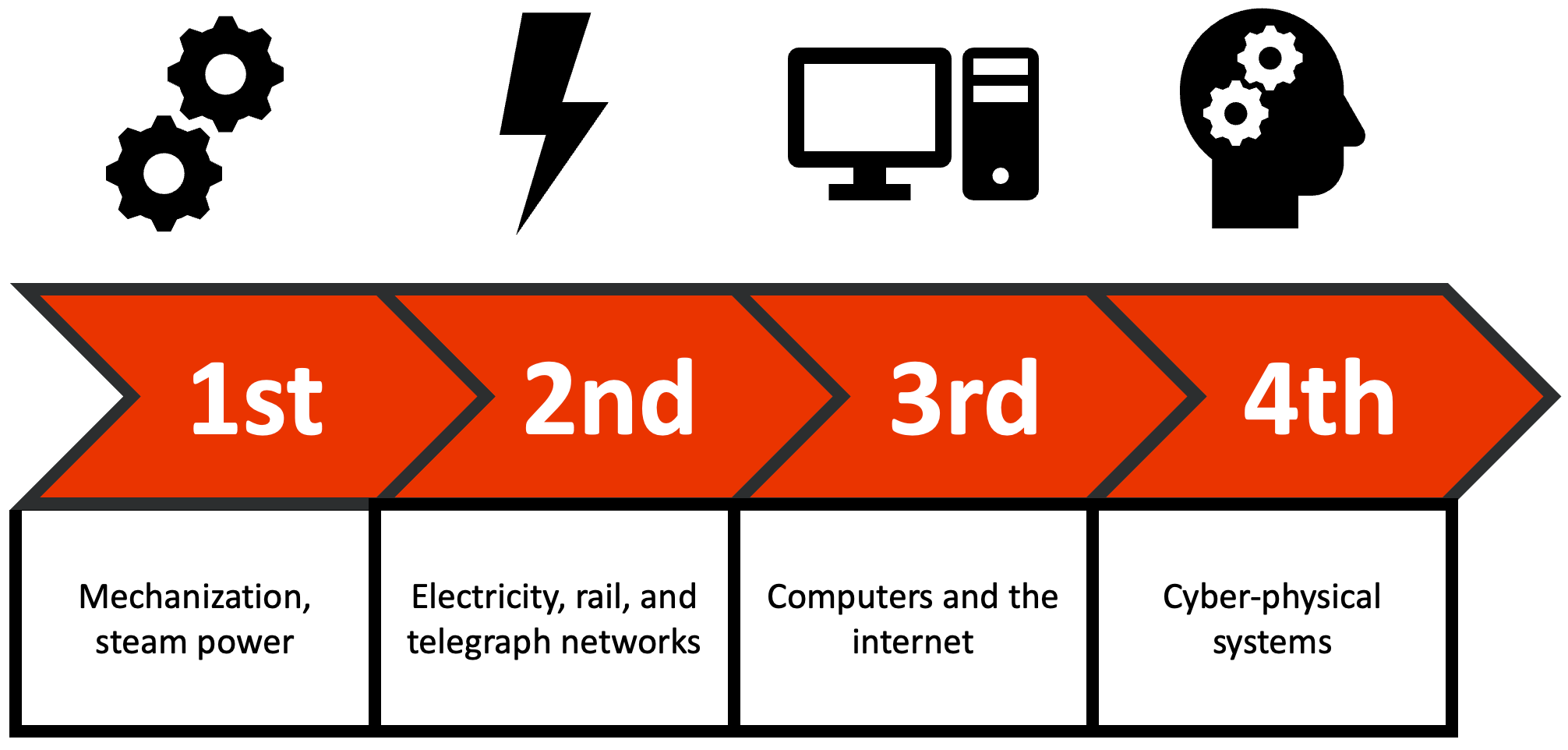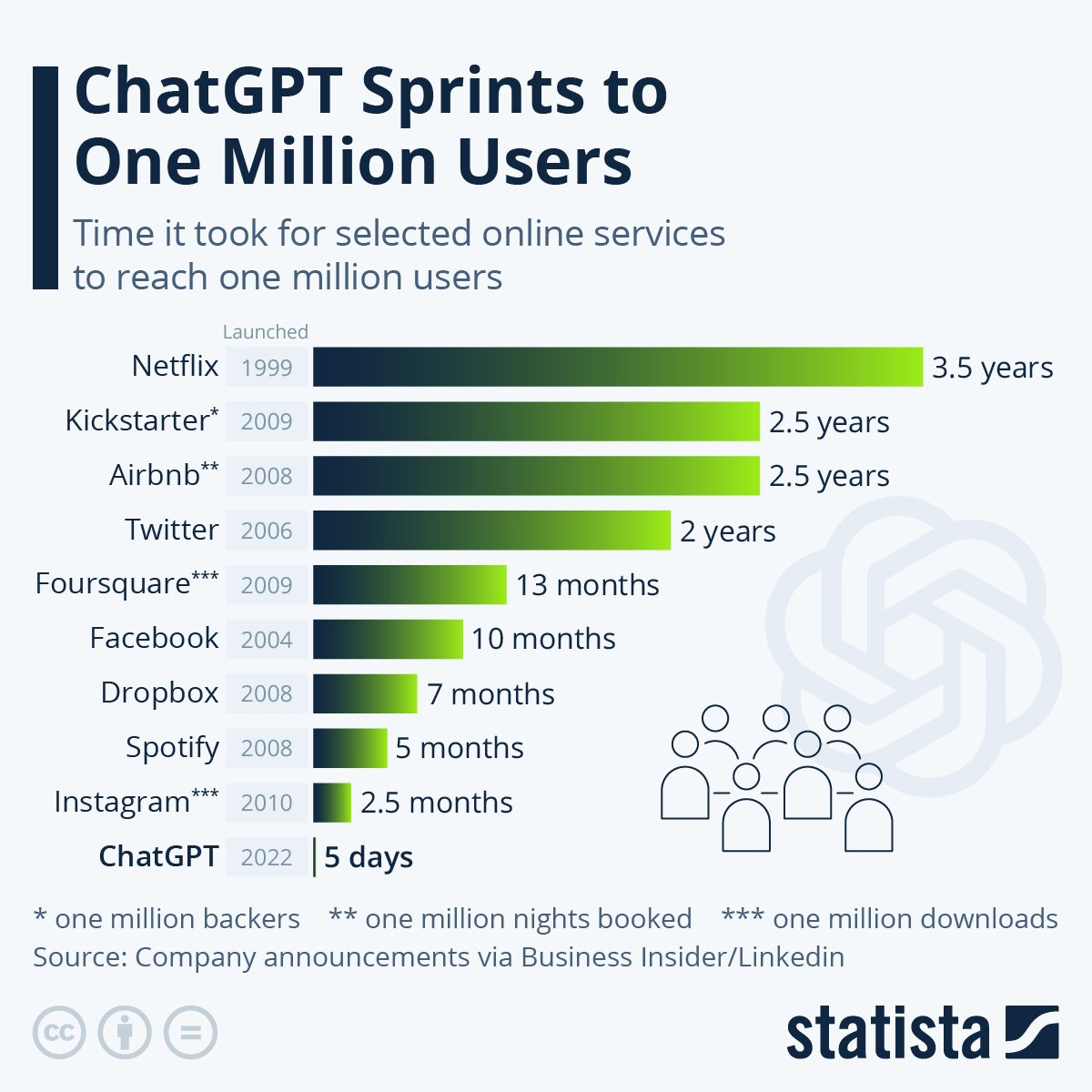The Fourth Industrial Revolution Is Underway, But It’s Not Like We Expected
The Fourth Industrial Revolution Is Underway, But It’s Not Like We Expected
Share at:

Back in 2016, Klaus Schwab of the World Economic Forum (WEF) popularized the term “Fourth Industrial Revolution” to describe the rapid technological changes impacting society in the twenty-first century.
According to Schwab, a range of technologies were “blurring the lines between the physical, digital, and biological spheres,” and humanity stood “on the brink of a technological revolution that will fundamentally alter the way we live, work, and relate to one another.”
The WEF recently wrapped up their 2023 meeting in Davos, their seventh since the term Fourth Industrial Revolution entered the mainstream. The world doesn’t look quite like Schwab predicted—some technologies have advanced far beyond expectations since 2016, while others are lagging behind.
However, it’s undeniable that the Fourth Industrial Revolution will impact nearly every part of the economy. To create sound strategies for the future, leaders need to know how these innovations will affect their businesses.
So, what’s the current state of the Fourth Industrial Revolution? Which technologies do experts see fundamentally changing our lives in the near future, and which ones are still in their early stages?
Before looking ahead, let’s turn back the clock to learn from prior industrial revolutions.

From steam power to computing power
First Industrial Revolution
Until the late eighteenth century, just about all work was done by human or animal power. Once steam engines were refined in Britain around 1770, the First Industrial Revolution began. Machine-powered manufacturing transformed European and American economies in the span of just a few decades.
Second Industrial Revolution
Then came the Second Industrial Revolution, which was characterized by a broad buildout of rail and telegraph networks. People and information could travel across land faster than the speed of a horse.
Third Industrial Revolution
A century later, the Third Industrial Revolution started to take shape. Computers entered the mainstream in the 1970s, and a large share of the population began working as knowledge workers, rather than in factories or farms.
Fourth Industrial Revolution
We’re barely fifty years removed from the Third Industrial Revolution, and the Fourth is well underway. Robotic process automation (RPA) was one of the first technologies to characterize the Revolution in the 2010s, but it’s just the start.
Technology has always been able to change the way we live and work, from the Industrial Revolution to where we are today. I believe that we’re on the cusp of a new revolution where technology in general—and RPA in particular—will radically change how humans work in much more impactful ways.
Daniel Dines, co-CEO, UiPath
The Fourth Industrial Revolution is powered by artificial intelligence (AI), which is enabling an interconnectedness between humans and machines like the world has never seen.
What makes the Fourth Industrial Revolution unique?
Prior industrial revolutions were initially confined to specific industries before spreading throughout entire economies. The First Industrial Revolution mainly affected textile manufacturing, while the Second Industrial Revolution disrupted transportation and communication.
But during the Fourth Industrial Revolution, the power of AI is affecting all industries at an unprecedented pace. As UiPath co-CEO Rob Enslin said, “The speed of AI innovation in the past five years has been even faster than anyone expected.”
Incredible adoption curves
Take the program everyone’s talking about—ChatGPT. You thought Instagram had rapid adoption? This generative AI model reached one million users in just five days.

ChatGPT was a hot topic at the WEF Annual Meeting 2023, and some are predicting that it’s just the start of a broader movement.
After the conference, Lux Capital partner Grace Isford said “We're at an exciting inflection point for AI—we're just at the tip of the iceberg for the many vertical use cases for large language models beyond the creative industries to spaces like biology, manufacturing, and healthcare.”
ChatGPT may be the latest app everyone’s talking about, but AI has been transforming industries for years.
Companies start with RPA on their AI journey
Many companies have found that RPA is a good starting point before exploring broader AI use cases.
Sweco, a European engineering consultancy, saved 150,000 hours by deploying RPA across the company. Once RPA was “fully embedded” in the organization, Sweco could focus on more complex tasks—the company combined optical character recognition (OCR) with AI to read 5.4 million architecture blueprint PDFs, and identified 4,500 that were reusable.
Another example is Thermo Fisher Scientific, a medical equipment provider with operations around the globe. To better handle the thousands of payments they process every day, the company created a solution based on UiPath Document Understanding capabilities (via the UiPath Business Automation Platform). By combining the power of RPA and AI, they were able to minimize manual errors and reduce employee time spent on invoice processing by 70%. Those employees are now able to spend more time on value-added work.
AI is no longer a technology of the future—it’s now a key competitive advantage for companies in various industries. But several other technologies on the horizon will take the Fourth Industrial Revolution to another level.
What’s on the horizon?
The metaverse
Metaverse was one of Oxford’s top words of the year in 2022, and received a lot of media attention. Despite the hype, most people have never experienced the metaverse. Yet.
Being able to have high-quality interactions in cyberspace is likely to have plenty of practical use cases. Gaming and job training are already popular applications, while conferencing, shopping, and socializing aren’t far behind.
Quantum computing
Although Schwab mentioned quantum computing in his 2016 article, according to a 2022 report from the WEF, “the technology is still in the research and development and demonstration phase”. Quantum computers are “highly unstable” and need to be “cooled to near-absolute zero temperatures”—not exactly the most consumer-friendly trait.
However, their potential is too alluring to ignore. Once quantum computers achieve greater stability, they’ll be able to perform calculations exponentially faster than even the best existing computers.
Private and public sectors are betting on a quantum future. The European Union (EU) and United States (U.S.) have invested nearly $10 billion in the space, and French quantum computing startup PASQAL raised 100 million euros in private funding in January 2023.
Bioengineering
The WEF Annual Meeting 2023 in Davos featured many conversations on bioengineering, which the WEF defines as “a discipline that applies engineering design and principles to biological systems.” The AlphaFold breakthrough in 2021 was an exciting moment for the field, but bioengineering still has plenty of maturing to do before it affects most people’s lives.
Bioengineering is the next ‘general purpose technology.’ Like the steam engine and the internet before it, bioengineering has the potential to influence an entire economy and to alter society through political, economic and social structures.
Amy Webb, CEO, Future Today Institute and WEF Participant
Limited computing power and available data have stalled advances in this field thus far. But, as quantum computers improve and data becomes more plentiful, we could gain a whole new understanding of how biological systems work.
Those that embrace change will come out on top
Imagine how people at the time felt about seeing the first steamship in motion, or railroad lines being laid through their town, or computers transforming how they worked. Big changes can be unsettling, but also exciting.
While some will take longer than others, the innovations that Schwab outlined in 2016 will have far-ranging impacts on the world economy. Companies that adapt to these new technologies will lead the way in 2023 and beyond.

Senior Manufacturing Industry Practice Director, Global Lead, UiPath
Get articles from automation experts in your inbox
SubscribeGet articles from automation experts in your inbox
Sign up today and we'll email you the newest articles every week.
Thank you for subscribing!
Thank you for subscribing! Each week, we'll send the best automation blog posts straight to your inbox.



